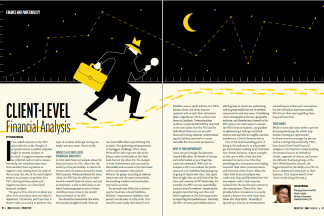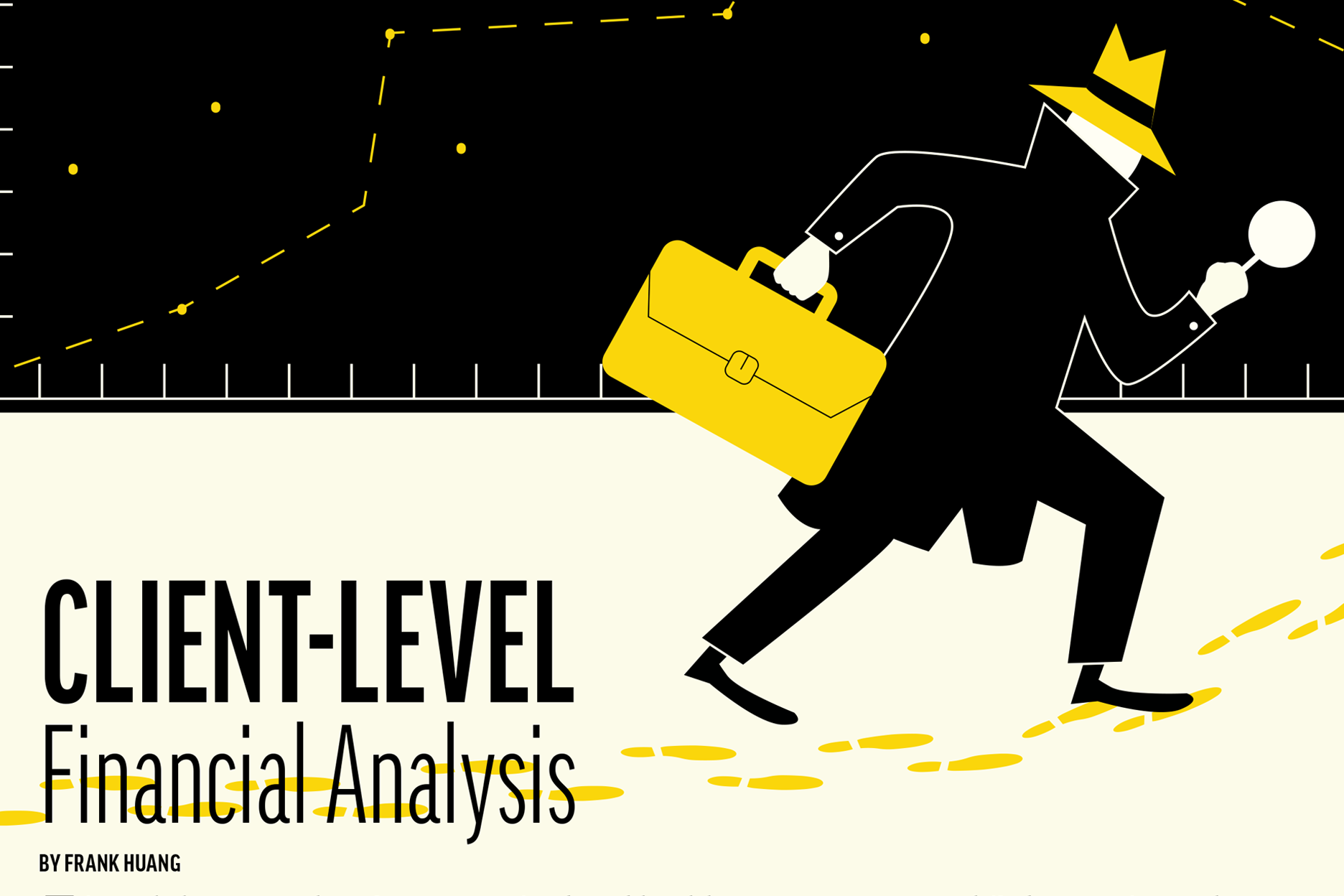SMARTER WORKFORCE SOLUTIONS: HOW AI IS TRANSFORMING THE PEO INDUSTRY
August 2025
The PEO industry has always been about making business easier by offering streamlined HR, payroll, benefits, compliance and risk management services to help clients focus on growth. But now, a new force is reshaping how PEOs deliver value: Artificial Intelligence (AI).
Far from being just a buzzword, AI is emerging as a game-changer, offering smarter insights, faster processes, improved accuracy, and client satisfaction. As the pace of business accelerates and client expectations rise, AI isn’t just an option for forward-thinking PEOs, it’s quickly becoming a necessity for all.
Below are some of the key areas where AI is making a difference.
Payroll Processing and Error Reduction
AI-driven payroll systems can automatically detect anomalies, flag potential errors, and ensure timely filings. Machine learning algorithms learn from past mistakes, reducing compliance risks and costly human errors.
Recruiting and Talent Acquisition
AI-powered tools can screen resumes, rank candidates, and even conduct first-round interviews through chatbots. Natural language processing (NLP) enables deeper analysis of candidate profiles, helping recruiters identify high-potential hires faster and more accurately.
Benefits Administration and Personalization
AI can simplify benefits enrollment by analyzing employee data to recommend personalized benefits packages. For example, an employee with a young family might be nudged toward comprehensive health coverage, while a younger worker might be offered financial wellness tools or student loan assistance options.
Employee Engagement and Retention
AI systems can track engagement metrics—from email sentiment to productivity levels—and alert HR teams to potential burnout or disengagement before it becomes a turnover problem. Predictive analytics can guide tailored retention strategies, improving workplace satisfaction and stability.
Client Service and Retention
In the world of PEOs, satisfaction levels are multi-faceted and can change quickly . Using AI systems to analyze sentiment, satisfaction scores, and customer service interactions can alert account management teams well ahead of a potential loss of a client. AI also enables PEOs to deliver more proactive, consultative guidance rather than just reactive support. For example, dashboards can flag potential workforce issues before clients notice them or AI-generated reports can offer strategic HR recommendations tailored to a client’s industry, size, and growth stage. Lastly, AI also enhances communication. Virtual HR assistants and intelligent chatbots are available 24/7 to answer routine employee queries, reducing strain on HR teams and improving the client experience.
When it comes to AI adoption, there’s no one-size-fits-all approach. In the PEO industry, organizations typically choose one of three paths (or a combination of them) based on their resources, technical expertise, and business strategy.
Enhance Through Third-Party Platforms
Most PEOs rely on trusted software vendors for payroll, human resource information systems (HRIS) or benefits management, and those platforms are increasingly embedding AI features. This “plug-and-play” approach offers a low-lift way to gain AI-driven insights without the need for deep technical investment. It’s ideal for small to mid-sized PEOs looking to scale quickly and affordably.
Build Proprietary AI Solutions
For larger PEOs with in-house data science and engineering capabilities, developing custom AI tools offers greater control and competitive differentiation. These PEOs can tailor models to their unique data and workflows, whether that’s predicting client churn, optimizing benefits design, or improving employee onboarding.
Partner with AI Consulting Firms
Another route is to work with external consultants who specialize in AI implementation. This option allows PEOs to benefit from AI expertise without building a full internal team. Consultants can help design and deploy solutions tailored to specific use cases, such as compliance automation or predictive workforce analytics.
When deciding which of the above approaches to pursue, remember that building AI internally can be rewarding, but it’s resource-intensive and requires ongoing maintenance. It makes the most sense when the problem you’re solving is highly specific to your business or when AI can provide a lasting strategic edge. On the other hand, leveraging AI capabilities from vendors or consultants can help you move faster and minimize risk, especially for well-defined tasks like resume screening, sentiment analysis, or benefits optimization. Ultimately, the most successful PEOs are those who understand their core strengths, weigh the total cost of ownership, and align their AI approach with business priorities.
As the PEO industry continues to evolve, AI will play a central role in redefining what’s possible. AI won’t replace the human touch that makes PEO services personal and impactful. Instead, it will enhance PEO services, delivering the insights and agility today’s client’s demand. The firms that embrace these tools to not just automate, but to innovate as well, will be best positioned to thrive in an increasingly complex, competitive business environment.
The future of work is here and with AI, PEOs can help lead the way.
-
SHARE
- Copy to clipboard




